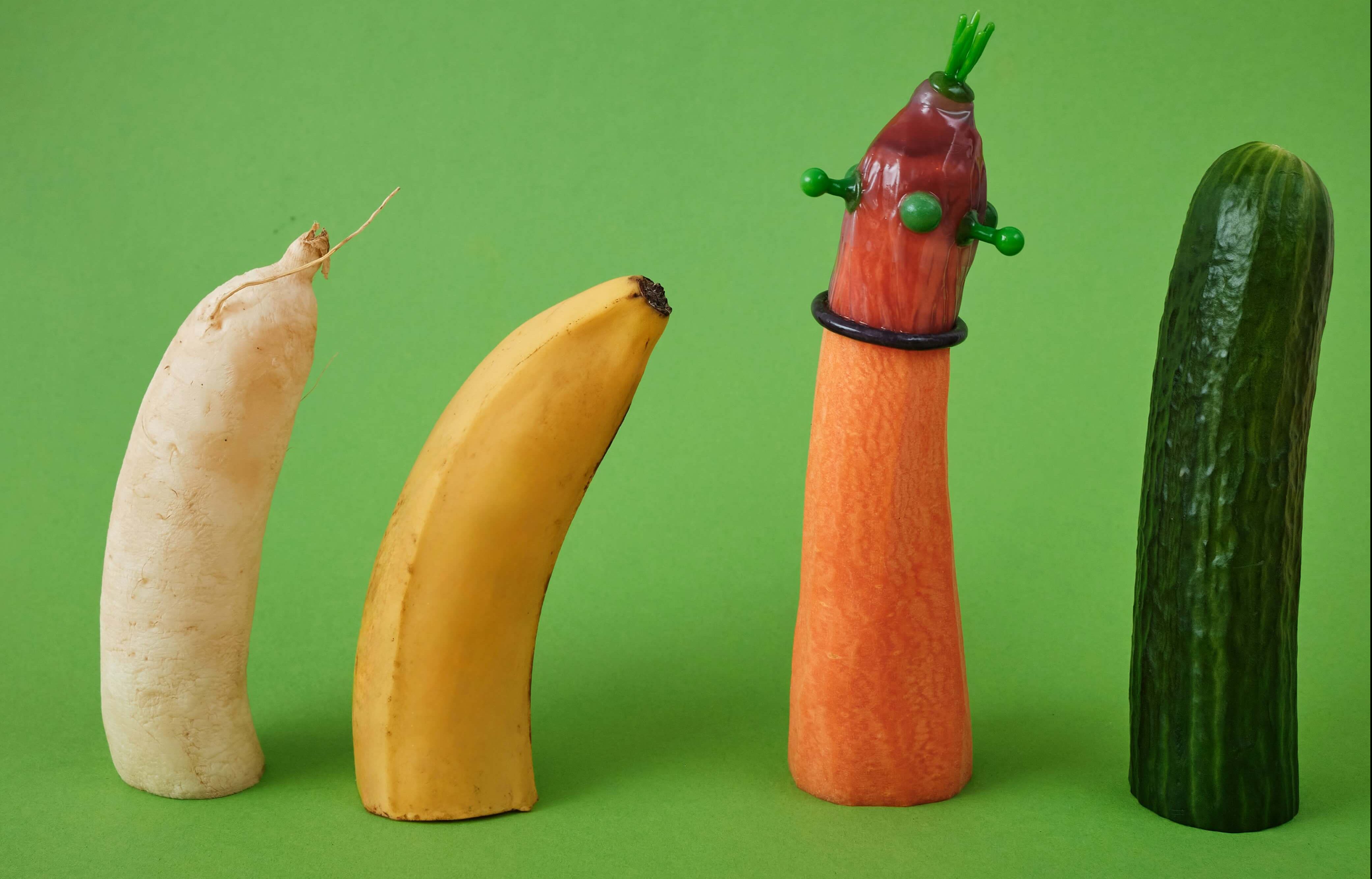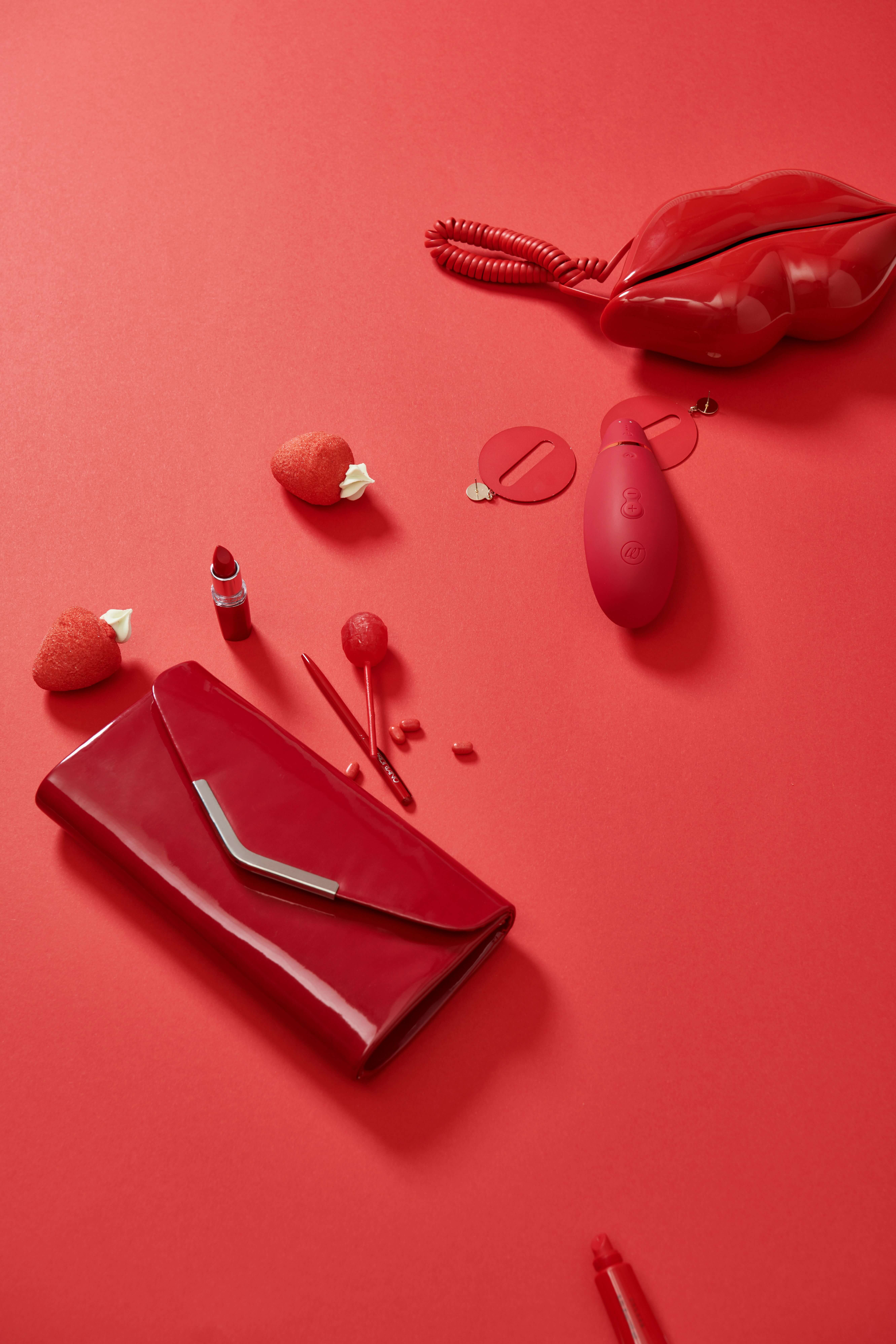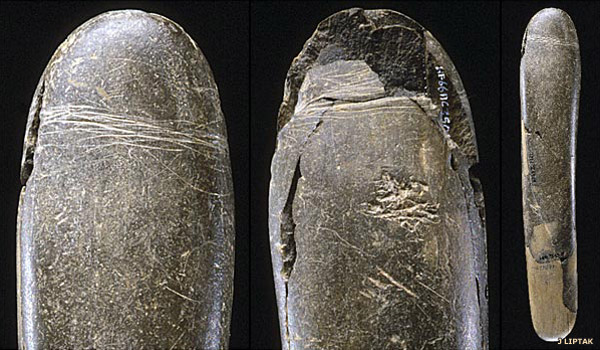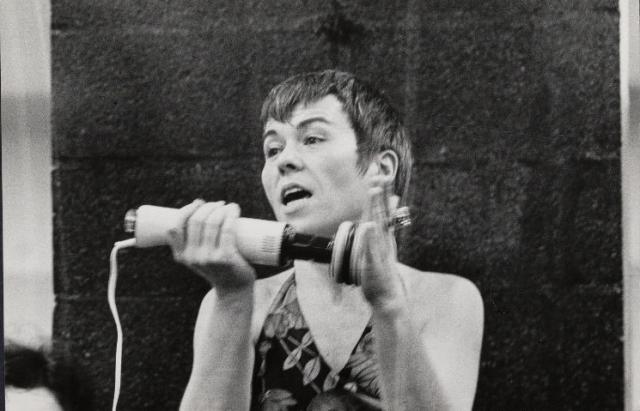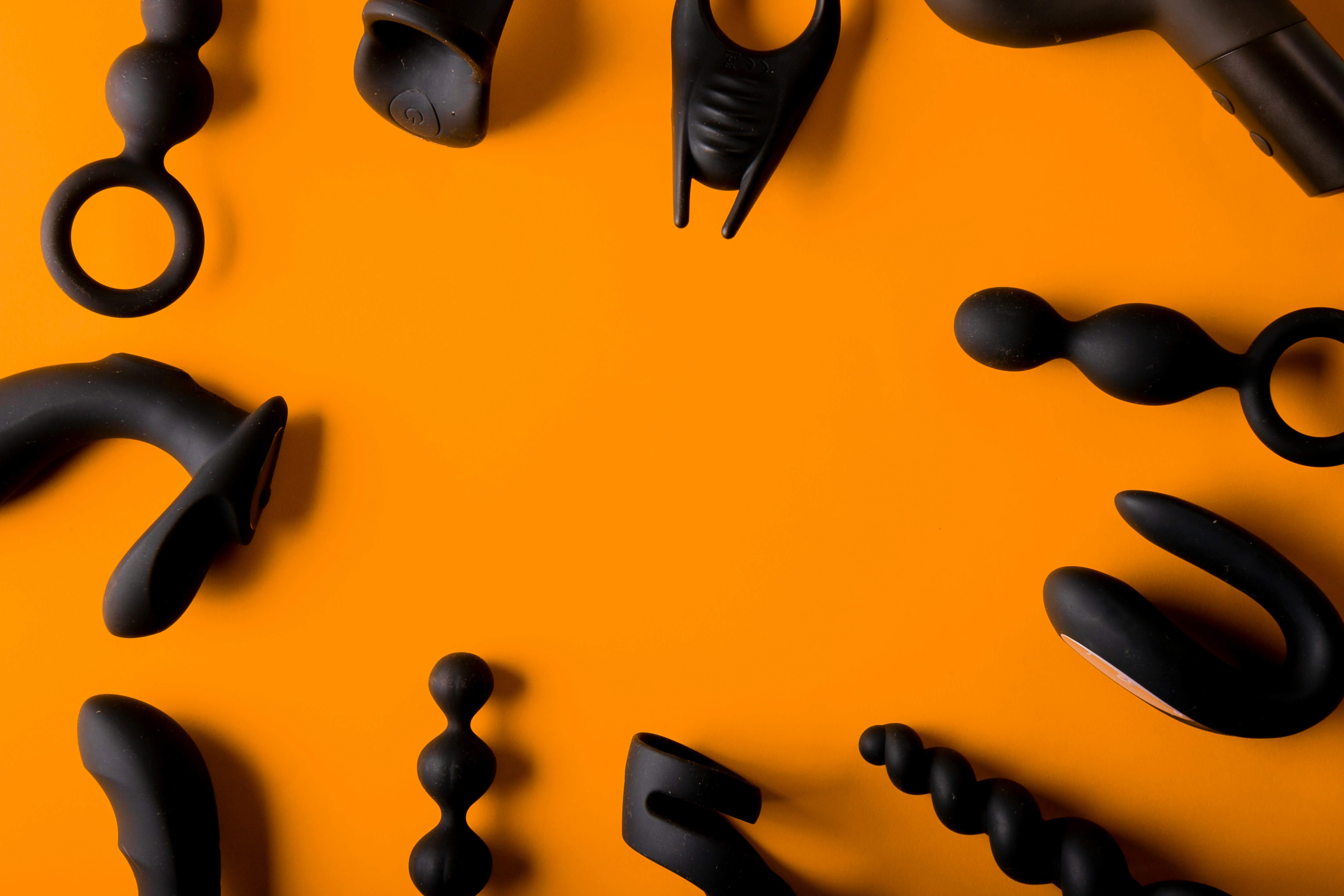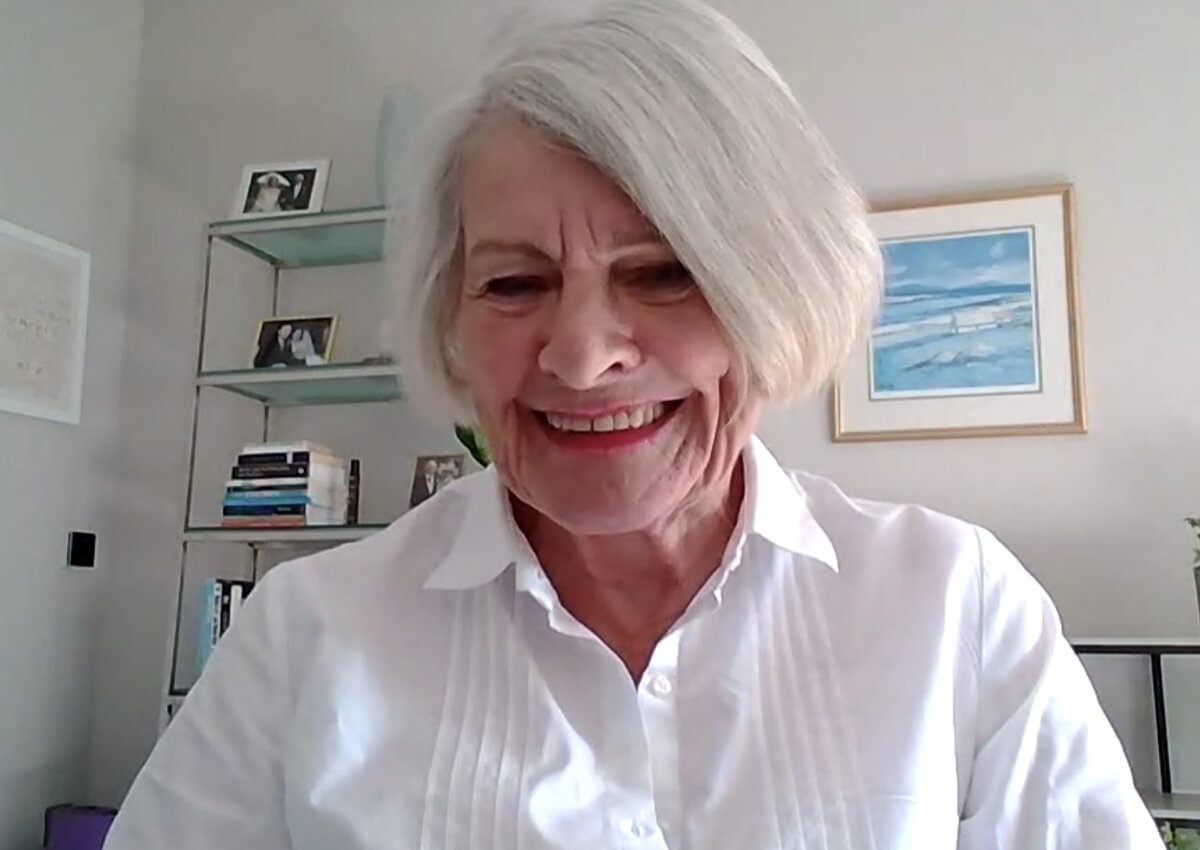Photography by Womanzier Toys on Unsplash
Sex toys are an innovation that has changed the way people practice sex and has been especially important for the exploration of women’s sexuality. While sex toys may appear to be a contemporary innovation, their existence can be traced back through time.
The first phallic-shaped tool to be considered a sex toy was found in the Hohle Fels Cave near Ulm in Germany’s Swabian Jura region and it is estimated to be 28,000 years old. Yes, you read it right 28,000 years old! Experts have described that the tools’ polished texture as well as the clear lines around the top demonstrate the little symbolic nature of it and highlight the potential for this figure to be a sexual aid during this time (1).
The Hohle Fels phallus Photograph: History Files
Since then, descriptions of sex aid tools have been described in Ancient Egypt and Ancient Babylon documentation. One of the most influential civilisations in the sexual practice was Ancient Greece as their open exploration of sexuality provided an environment to use phallic-shaped tools also known as ‘olisbos’. This dildo-shaped tool was used to substitute a male sexual partner and was widely utilised by females and males in a couple or individual setting as sexual satisfaction was a necessity for females and males in Ancient Greek society (2).
It's believed that the word "dildo" originated from the Italian word "diletto," meaning delight.
Phallic-shaped tools were explored for centuries across various societies. However, during medieval times, the introduction of self-pleasure tools was limited due to strong religious restrictions on their use. It wasn’t until the Renaissance period that interest in sexual pleasure resurged, particularly in the Italian Renaissance community. It’s believed that the word “dildo” originated from the Italian word “diletto,” meaning delight. Despite this curiosity, the Renaissance was still influenced by the conservative mindset of the medieval era, leading to resistance to the idea of dildos.
The sex toy revolution happened in the late 1880s with the creation of the vibrator. Vibrators combined the dildo, which has been used for centuries, with the invention of electricity, providing faster stimulation for its user. Rumour has it that Dr. Joseph Mortimer Granville in the early 1880s created the vibrator as a medical device to treat “hysteria,” a condition believed to affect women with symptoms such as fatigue, headaches and irritability directly assigned as a “womb problem” (3). Hysteria was then seen to be solved by the stimulation of the female womb and the release of orgasms thanks to the vibrator’s fast stimulation. However, although the story is sexy, this idea has been combated as many believed that vibrators were introduced to solve male issues such as spinal pain and impotence (4). Considering the social and cultural situation at the time it would have been a miracle that female sexual needs could have been considered. Vibrators then, were not introduced to a female audience until the early 1900 were the use of vibrators where widely spread to the public as a domestic appliance that could support health-related concerns such as wrinkles, massagers, and diseases like tuberculosis (4).
Vintage vibrator ad Photograph: Unknown Owner
In the late 1960s, the sexual revolution sparked a significant shift in the perception of vibrators, transforming them from household appliances into recognised sex toys. This change can be attributed, in part, to the pioneering work of Gosnell Duncan. Duncan, who became paralysed from the waist down due to an injury, sought ways to re-explore pleasure. Advised to use a vibrator, he encountered a problem: the plastic material of the dildos available at the time couldn’t be fully sterilised. In response, Duncan revolutionised the sex toy industry by introducing silicone rubber, which has since become the most common material used in sex toys.
During a similar period, feminist Betty Dodson emerged as a crucial figure in the evolution of sex toys. Dodson pioneered bodysex workshops, where she introduced vibrators as tools for female masturbation and openly demonstrated techniques for stimulating the body, using her own as an example. She viewed women’s sexual pleasure as a political act, advocating for women to seek pleasure for themselves rather than relying on men. Through these groundbreaking workshops, vibrators became symbols of empowerment aligned with feminist and sexual liberation movements, challenging the idea that women needed men for pleasure. Moreover, the consistent and rapid stimulation provided by vibrators offered a new realm of pleasure for individuals who had previously struggled with satisfaction. This empowerment extended not only to women but also to members of the disabled community, such as Gosnell Duncan, enabling them to assert control over their bodies and desires.
Betty Dodson at a bodysex workshop Photograph: Dodson and Ross website
The sex toy industry is expected to reach USD 62.32 billion by 2030.
Since the 1970s and with the help of key feminist pioneers, sex toys have become more mainstream and available for any individual. Sex toys started to be seen in series such as Sex and the City which popularised the rabbit pearl and the magic wand vibrator now staple sex toys. Additionally, companies such as Ann Summers and Pure Romance understood the potential of female sexual pleasure and created spaces for vibrators to be accessible to the public, with the importance of having an educational and safe space for questions and concerns (8). Although sex toys come in all shapes and sizes, women are still the main sex toy consumers (7). According to a 2019 study in the United States more than 50% of women in the study own and use a vibrator with many of them saying that they feel empowered when they go with their friends to a sex shop (8). As a result, the sex toy industry is expected to reach USD 62.32 billion by 2030 (9). This trend was especially highlighted during the pandemic when sex toys emerged as some of the most purchased items, with their sales being doubled in the UK, Colombia, Denmark, Australia, and New Zealand (10).
The expansive sex toy market has experienced significant financial growth, largely fuelled by the diversity of available products. One notable example is the exploration of alternative sexual practices, such as BDSM (bondage and discipline, dominance and submission, and sadism and masochism), which gained mainstream attention through works like Fifty Shades of Grey. BDSM not only encourages open communication about consent and sexual desires beyond traditional penetration and genital stimulation but also introduces a plethora of new sex toys. Items like bondage ropes, blindfolds, gags, whips, butt plugs, and more, initially associated with BDSM practices, are now widely accessible to individuals exploring various aspects of their sexuality.
Photography by Pablo Merchan Montes on Unsplash
Innovation is becoming smarter as smart sexual devices are the new booming technology within the sexual industry, featuring wireless connection and sex toys that connect to your phone. This allows for couples in long-distance relationships or whoever would like to explore outside their private space to do so. The devices are connected to apps where the intensity and characteristics of the vibration can be monitored and controlled, allowing couples to be connected from anywhere in the world. These types of sex toys are ideal for our globalised world. The company We-Vibe has created an app for customers to use their devices in different settings. While customers keep acquiring, We-Vibe products they can add a new device to the app and see the entire characteristics of all the devices they own in one single place.
While the sex toy market has become increasingly open over time, certain demographics have not yet been widely targeted. In 2015, the Netflix series “Grace and Frankie” sparked conversations about sex toys for older adults. The show follows two women in their mid-70s who start a line of vibrators specifically designed for women in their age group, considering factors like ease of use for those with arthritis. This revolutionary portrayal of older adults embracing sexual pleasure challenged societal norms and opened doors for discussions about sex, pleasure, and the use of sex toys across all age groups.
Current and future innovations must consider how pleasure is being explored across generations
As portrayed in Grace and Frankie, sex toys have a broad target audience, and brands like Hot Octopuss have prioritised age inclusivity and diversity. Hot Octopuss aims to “create unique toys that celebrate everybody,” emphasising inclusivity for all genders, ages, and abilities. They recognise that regardless of identity or physical ability, everyone deserves pleasure and offers sex toys tailored to various needs. This commitment reflects a broader trend towards integrating people over 65 into the sex toy market.
Research on older heterosexual couples show that more people are embracing sex toys to enhance arousal and enjoyment, reflecting a growing acceptance of sexual exploration and pleasure across all age groups.
Hot Octopuss website main image
Although we have come a long way since the stone dildo, there are still untouched sexual opportunities to explore. This begs the question: how will the future of sex toys evolve to satisfy all genders, ages, and disabilities? Current and future innovations must consider how pleasure is being explored across generations and how sex toys can continue to provide avenues for sexual exploration where all bodies, regardless of age or shape, can experience better and stronger orgasms. What innovative solutions will emerge to ensure that everyone has access to fulfilling and inclusive sexual experiences? At the National Innovation Centre for Ageing, alongside our global voice Community, we are dedicated to exploring these questions.

 &
& 
